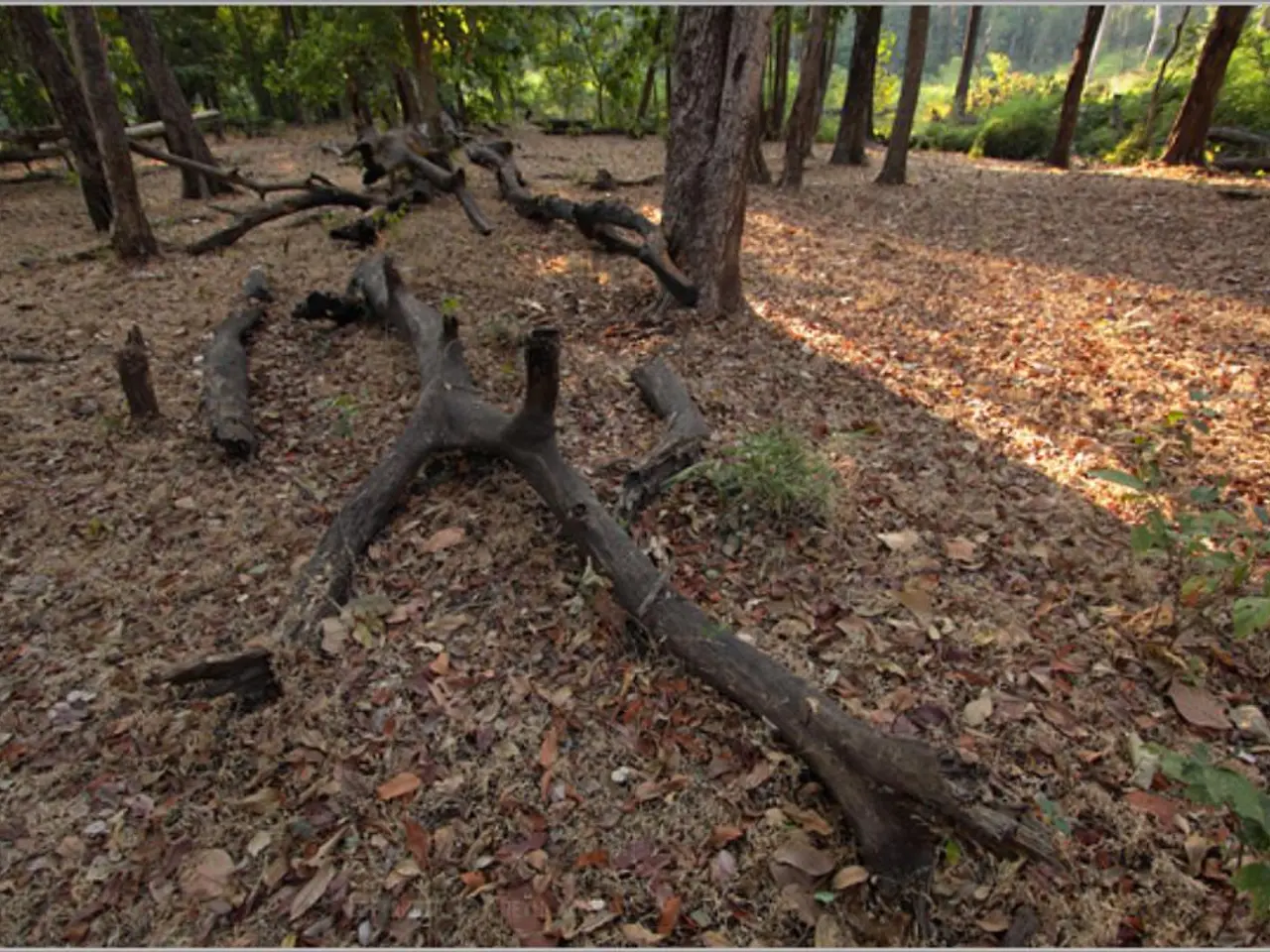Picking Suitable Branches for Air Layering in Bonsai: Identifying Appropriate Candidates
=================================================================================
In the art of bonsai, the selection of branches plays a crucial role in achieving the desired final composition. The choice of branch can influence the overall proportions, visual balance, and aesthetic appeal of the bonsai. Here's a guide to help you select the ideal branch for air layering.
The Size Matters
The size of the branch is essential in bonsai, as it determines the proportions and visual balance of the final composition. A branch that is too large or too small can disrupt the harmony of the bonsai. It's important to consider the desired bonsai size when selecting a branch for air layering.
Selecting the Right Orientation
The orientation of the branch is crucial, as it directly influences the aesthetic appeal and structural integrity of the future bonsai. Branches with a gentle, sweeping curve can create a more dynamic and interesting bonsai, while those with sharp angles or kinks may appear awkward or unbalanced.
Branching Out for the Formal Style
The formal style of bonsai requires a clear, defined leader or main branch, a smooth, even flow of branch growth, and branches with a well-balanced distribution of foliage and branches. Branches suitable for the formal style of bonsai grow at a 45-degree angle or less from the trunk.
Timing is Everything
Late spring to early summer is often deemed the best time for air layering, as the tree is actively growing, and the branch is more likely to develop roots. However, winter dormancy can also be an ideal time for air layering, as the tree's energy is concentrated on the roots. On the other hand, early spring is a less desirable time for air layering, as the tree's energy is focused on new growth.
Preparing the Branch
Before air layering, a thorough branch inspection is vital. The selected branch should be healthy, flexible, and mature, with good structural potential for the new bonsai tree. It's important to avoid very old, woody, or excessively flexible branches, and to remove any obstructive or awkward branches beforehand to improve the focus on the chosen branch for air layering and future bonsai shape.
The Air Layering Process
After selecting the branch, the typical procedure involves wounding the branch by making a ring or partial incision on the bark, applying rooting hormone, wrapping it with moist sphagnum moss, and then enclosing it in plastic to retain moisture. These practices ensure successful root formation and facilitate the eventual separation of the rooted branch from the parent bonsai tree.
Maintaining Branch Health
It's essential to prune the branch to maintain its overall health and promote balanced growth, removing any weak or crossing branches. Also, inspect the branch for any signs of damage, disease, or pests, and address any issues promptly to prevent further harm.
When air layering multiple branches on the same tree, it's advisable to focus on one or two branches at a time to ensure the best results. Applying a rooting hormone to the area where the roots will develop can enhance the chances of successful root growth.
In conclusion, choosing the perfect branch for air layering in bonsai requires careful consideration of various factors, including size, orientation, health, and maturity. By following these best practices, you can create a miniature masterpiece that showcases your skills in the art of bonsai.
A gardener might look for a mature, healthy branch with good structural potential and a suitable size to air layer, as it will affect the visual balance and aesthetic appeal of the future bonsai. To create a bonsai with a formal style, the gardener would choose branches that grow at a 45-degree angle or less from the trunk, which helps to maintain a clear, defined leader and smooth, even branch growth.




